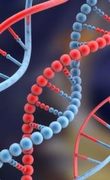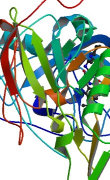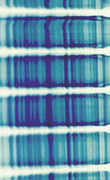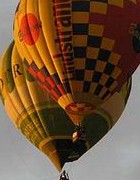Statistics 1 (Math 11400) Home pageThis page provides links to a series of information pages that supplement the unit description page for the Level 1 Statistics 1 unit (MATH 11400). News
Reading ListThe recommended textbook for the unit is:
The book by Rice covers both the Probability and the Statistics material and will probably cover some of the second year Statistics unit as well. It is particularly good at combining modern ideas of data analysis, using graphical and computational techniques, with more traditional approaches to mathematical statistics. The statistical package R will frequently be used to illustrate ideas in lectures and you will be expected to use it for set work. Although the examination will not require writing R code, you may be expected to understand and interpret examples of R output, similar to those seen in the unit. The notes and handouts should provide sufficient information, but a good introductory text for further reading is:
It will be particularly useful for students who intend to continue studying statistics in their second, third (and fourth) year. Please note that the use of statistical tables will no longer be taught in the unit, and they will not be needed or provided in the examination. There is also a linked list of books in the Library which you may find useful as alternatives to the formal recommended text books. Statistical Computing using RIn addition to the book by Dalgaard above, there is also a handout to help you start using R in the Mathematics computing lab and a self-learning tutorial in R if you want to learn at your own pace. Using R in the Mathematics computing labR: A Self-learn tutorial If you would like to use R on your own computer, you can download an appropriate version of the package from here. If you want to access the data sets for the unit on your own computer, a copy can be downloaded from here: stats1.RData. Put this file on your desktop or in a suitable folder, and double-click on it to start up R and load the data sets. If you are unsure, unclear or confused about the format of individual data sets in the stats1.RData workspace, please consult this note. For Windows users, an
older version of the Using R handout
is still available.
Note that the section on accessing the Statistics 1 data sets in this older
document no longer applies. Section Web PagesEach section page will contain some or all of the following:
Copyright notice© University of Bristol 2011 All material in these pages is copyright of the University unless explicitly stated otherwise. It is provided exclusively for educational purposes at the University and is to be downloaded or copied for your private study only, and not for distribution to anyone else. Please also note that material from previous years' delivery of this unit is not necessarily a reliable indicator of what will be covered or examined this year. |








